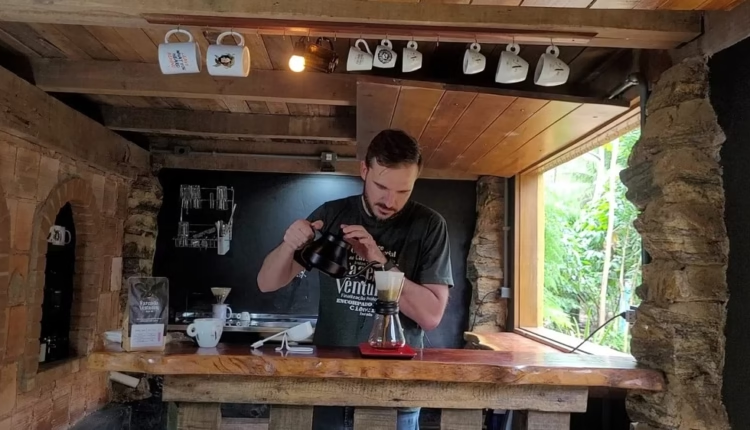Canephora Conversations: Lucas Venturim on Transforming Production in Brazil
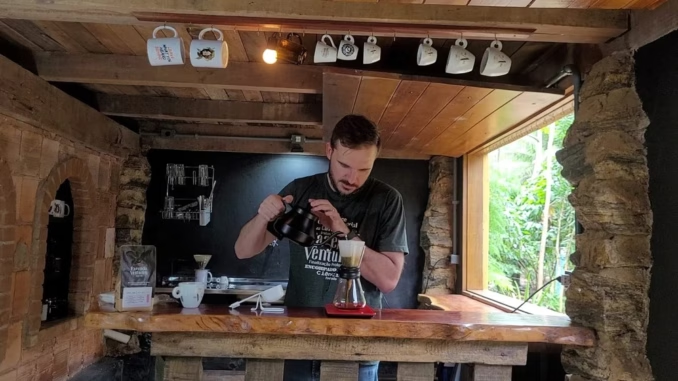
Long seen as “filler coffee,” canephora—known in Brazil as conilon—is experiencing a renaissance. Today, we’re speaking to Lucas Venturim of Venturim Farms to learn more.
BY ISABELLE MANI
BARISTA MAGAZINE ONLINE
Photos courtesy of Lucas Venturim
We’ve covered canephora (Coffea canephora, also known as robusta coffee), extensively in the past, discussing how the species has traditionally been seen as “filler coffee” but is currently undergoing a revival. In recent years, producers, scientists, and quality advocates have been working to redefine canephora’s role in the specialty and premium segments, and today, we’re speaking to Lucas Venturim to learn more.
Lucas, from Venturim Farms, is a producer and roaster from Espírito Santo, Brazil’s largest canephora-producing state. His family’s shift from volume-driven farming to flavor-focused innovation shows what’s possible when canephora is approached with care, science, and curiosity.
A Brief Background: Canephora Production in Brazil
While Brazil is the world’s top producer of arabica, it’s also the second-largest source of robusta, accounting for about 25% of global volume. The country has two official Designations of Origin for the species—Montanhas do Espírito Santo and Matas de Rondônia—with smaller production in Bahia, Pará, and Acre.
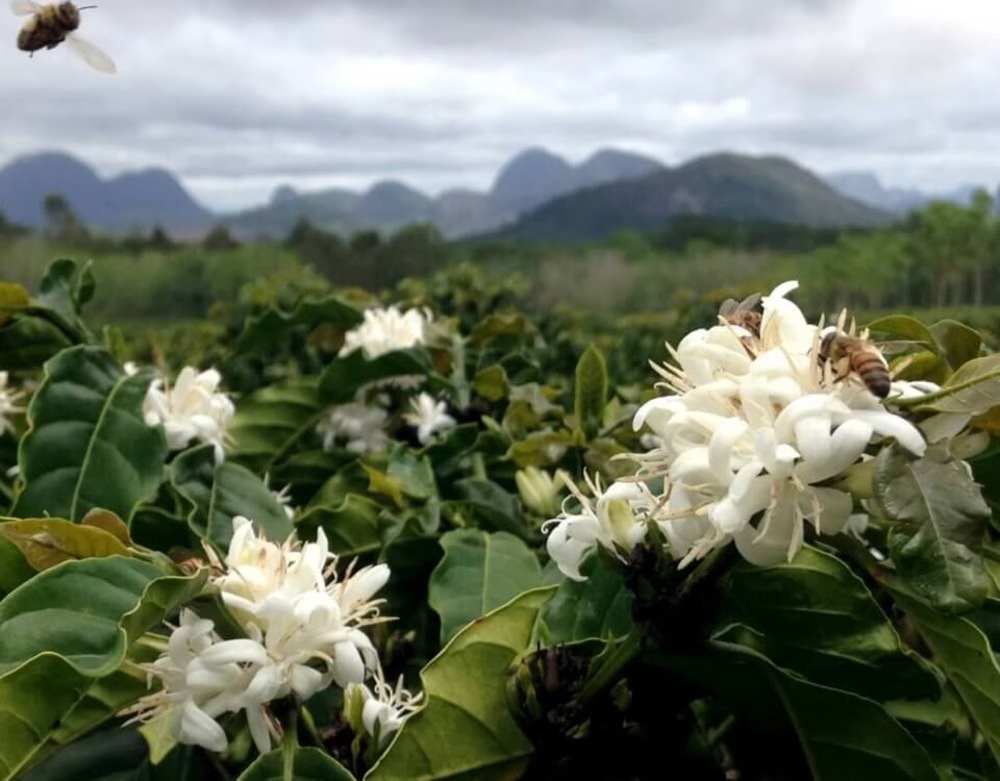

Canephora reproduces through cross-pollination, and its genetic diversity is key to its resilience and flavor potential. Kouillou-type plants, part of the Guinean group, arrived in Brazil via Angola and the Republic of Congo in the mid-20th century. They were introduced during efforts to rebuild coffee production after devastating frosts struck arabica farms in the south, shifting cultivation toward Espírito Santo’s tropical lowlands. There, the plants adapted well and became known locally as conilon. Until recently, if you asked about robusta prices in Brazil, the likely answer was: “We only farm conilon.”
In the 1980s and 90s, research focused mainly on yield, pest resistance, and drought tolerance. Sensory quality wasn’t yet part of the picture. But in the past decade, producers have begun exploring post-harvest techniques and cup potential—not to mimic arabica, but to highlight canephora’s own character. Robusta never lacked quality—it lacked a quality-focused approach.
Looking ahead, Brazil is preparing to launch the Canephora Flavor Wheel in 2025. Created by Dr. Fabiana Carvalho (from the Coffee Sensorium research project) and Dr. Lucas Louzada, along with the involvement of four international universities, the project analyzed 67 samples from 13 countries over five years. Entirely volunteer-supported, it received no major funding. The findings will be published open-access, and the wheel will be available on a pay-what-you-can basis. Its goal: to describe canephora’s sensory attributes on their own terms—not in comparison to arabica.
Q&A with Lucas Venturim
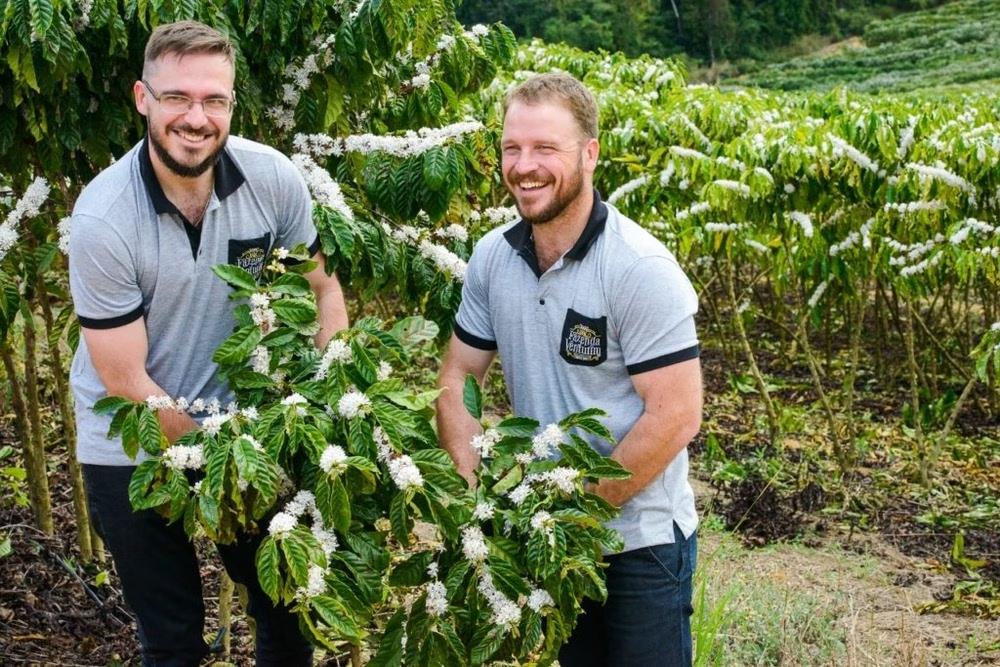

Isabelle Mani: When did the quality conversation start to take shape in Brazil?
Lucas: For arabica, it really started around the 1990s. With canephora, it took about a decade longer. From the early 2000s, a shift began—people like my father, who had experience with arabica, knew that cup quality was possible. He used to say that arabica wasn’t good just because it was arabica; it was good when it was ripe and well-produced. And that stuck with us.
In 2007, we decided to convert 100% of our farm to focus on specialty production. And little by little, institutions started catching up. In 2012, during the centennial celebration of canephora in Espírito Santo, INCAPER (the Capixaba Institute of Research, Technical Assistance, and Rural Extension) released three new cultivars: Jequitibá, Diamante, and Centenário—all selected with a focus on cup quality in addition to agronomic traits.
When did you start experimenting with fermentation and sensory innovation?
In 2015, my wife and I discovered online the existence of the Brazilian International Coffee Week, and we decided to go. That’s where we first heard about fermenting coffees. We reached out to a Norwegian roaster who was giving a course, and even though he was fully booked for the trip to Espirito Santo, he agreed to visit our farm in early 2016. He showed us a Coffee of the Year-winning arabica—fermented—and that was our turning point.
That same year, we did our first fermentation tests. We didn’t even know how to do cupping back then, but the flavors were so different that we knew we were on to something. In 2017, we teamed up with the Federal Institute of Espírito Santo (IFES) and Dr. Lucas Louzada (from the Flavor Wheel Initiative) and conducted 120 fermentation experiments during harvest. We took the best samples to SIC that year. They were tiny lots—5kg here, 10kg there—but the reaction was hugely positive.
By 2018, we scaled up and enrolled our coffees in Cup of Excellence (CoE)’s national canephora competition (Note: Brazil’s Cup of Excellence chapter is the only one with a canephora category).
Three of our lots made it to the top five, all using fermentation techniques. That was also the year we became members of BSCA and made our first international export of fine robusta to Russia, to Valentina Moksunova of Hummingbird Coffee. That sale happened at a price three times higher than the commodity market.
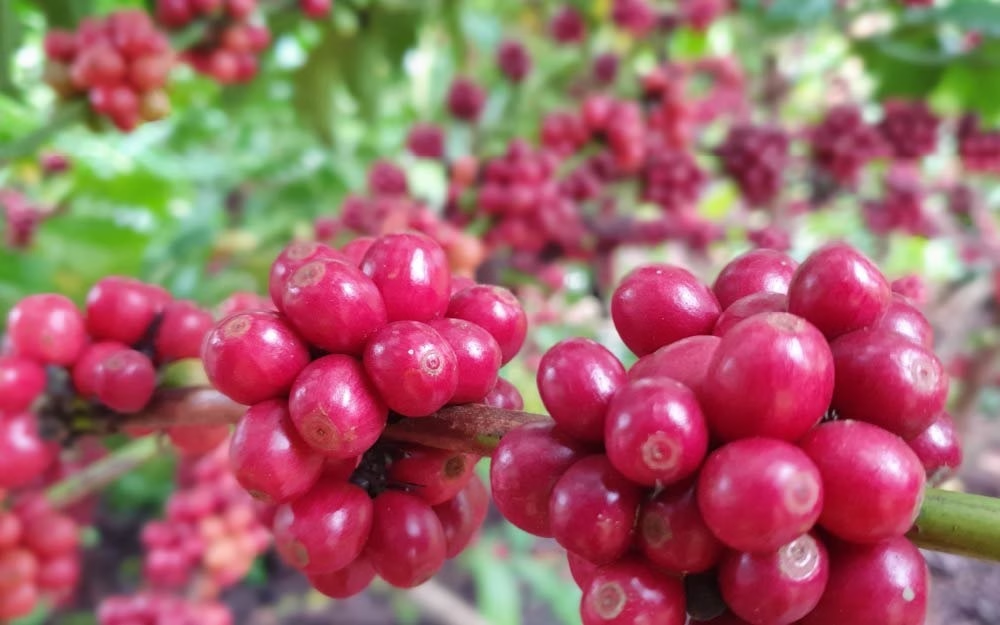


How did roasting play a role in the evolution of conilon?
That was one of the biggest bottlenecks. Most people roasted canephora like arabica, using the same profile. But conilon has a denser structure and needs more energy and time. If you underdevelop it, it ends up tasting like popcorn or peanuts—those classic under-roasted notes. So we founded our roastery, Torra Paixão, in 2017, to help clients understand proper roast curves and unlock canephora’s true potential.
To this day, when we send samples to new clients, we often include a roasted reference. The goal isn’t to offend anyone—it’s just to help them see what this coffee can become.



What’s next for conilon in Brazil—and globally?
I believe we’re just getting started. In Brazil alone, we now produce around 50,000 bags of high-quality conilon a year, especially in Espírito Santo, but also in Rondônia and Bahia. A lot of that goes to export—Italy, Russia, the U.K., and increasingly to parts of Asia. We see blends using 20 to 30% fine conilon now.
To me, the biggest mistake is treating canephora and arabica as if they were the same thing. They’re two different beverages. Our job isn’t to copy arabica—it’s to show what canephora can do on its terms. That’s where the future lies.
ABOUT THE AUTHOR
Isabelle Mani (she/her) is a writer, journalist, and communicator specializing in the international coffee industry. Since 2017, she has focused on writing articles and features for various international coffee news outlets. Isabelle has traveled to coffee-producing countries such as Colombia, Kenya, Rwanda, China, and Brazil to study and research coffee. She holds training certifications from the Specialty Coffee Association (SCA) and the Coffee Quality Institute (Arabica Q Grading).
Subscribe and More!
As always, you can read Barista Magazine in paper by subscribing or ordering an issue.
Read the June + July 2025 Issue for free with our digital edition.
For free access to more than five years’ worth of issues, visit our digital edition archives here.
Source: Barista Magazine



